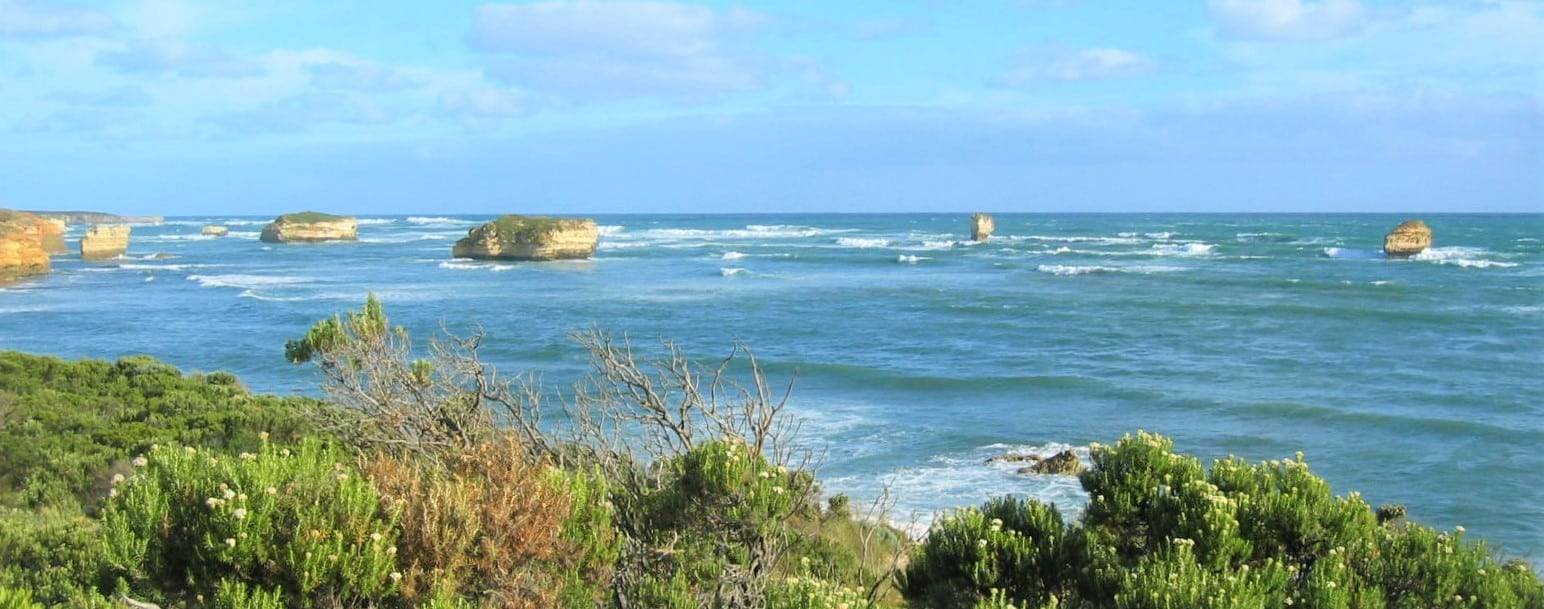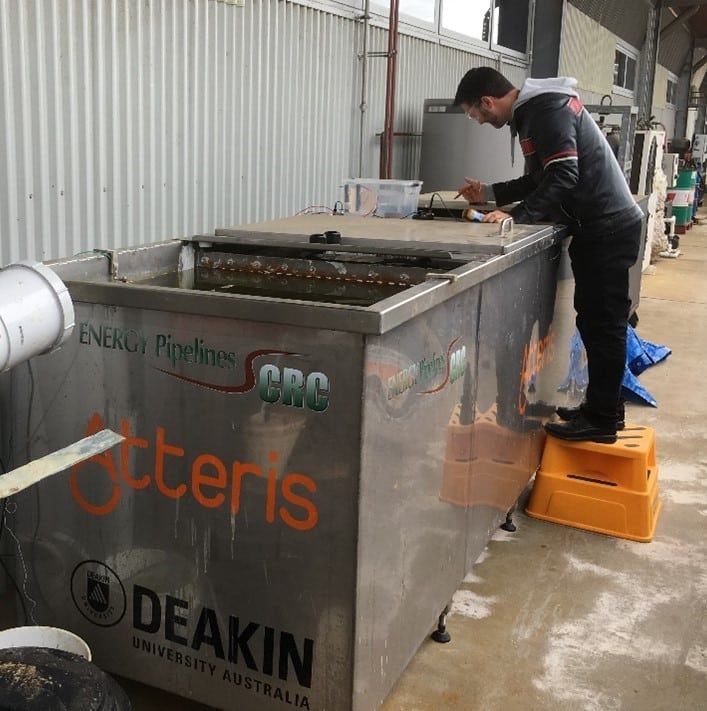Atteris has delivered pipeline and cable shore crossing designs based on open cut and cover, horizontal directional drilling, and tunnelling techniques.
Atteris has been the author of an Engineering Guideline for Shoreline and Waterway Crossings, with elements of it feeding in to national and international standards, such as AS 2885.4 and DNV-ST-F101.
Many of the shore crossing projects designed by Atteris have won an Engineering Excellence Award from Engineers Australia, including:
- Second Trunkline Project (Woodside Energy)
- Otway Gas Project (Woodside Energy)
- Gorgon LNG Project (Chevron Australia)
- Alkimos Ocean Outfall (Water Corporation of WA)
Outside of Australia, Atteris has been involved in the design of shore crossing projects in New Zealand, Indonesia, Taiwan, Singapore, and the USA.



